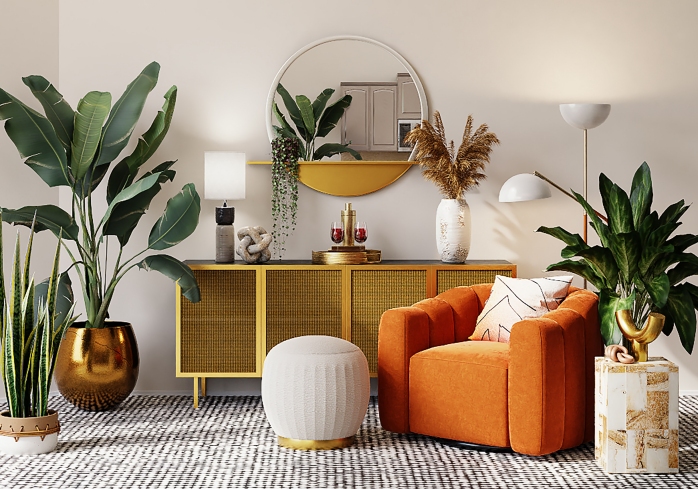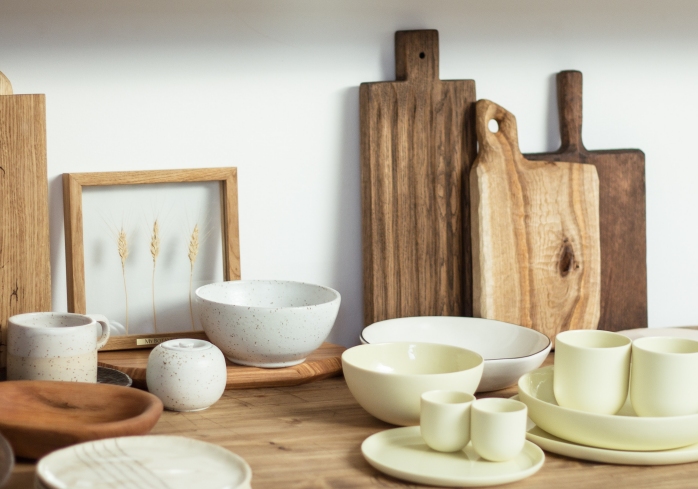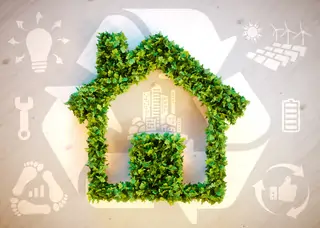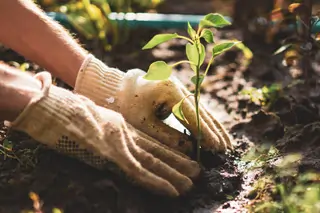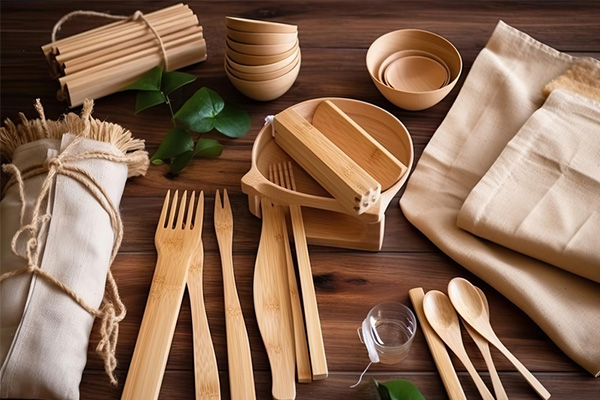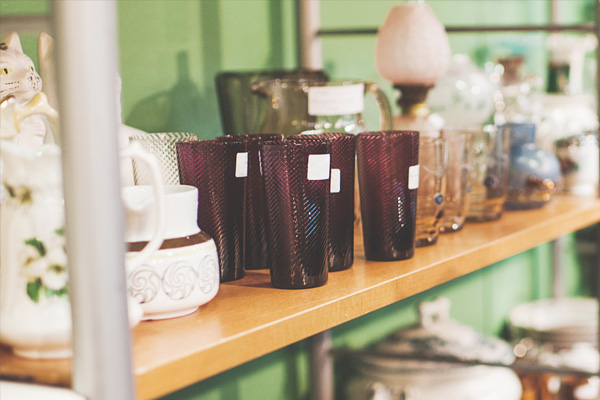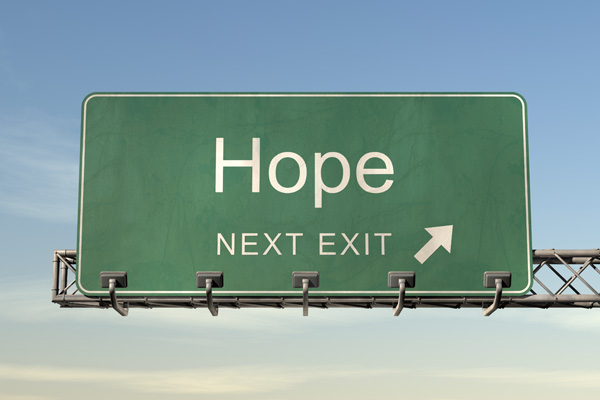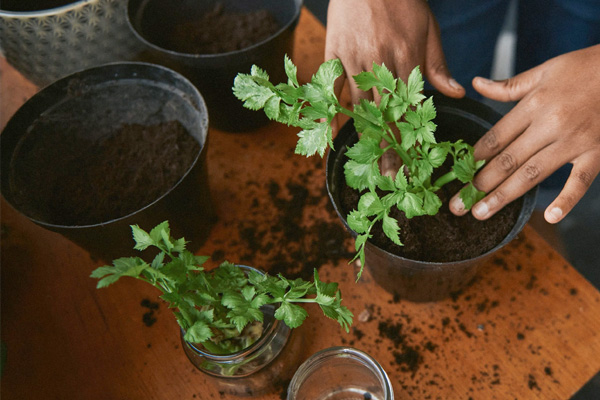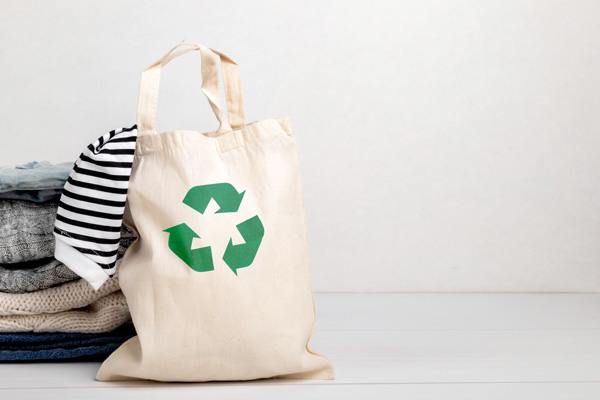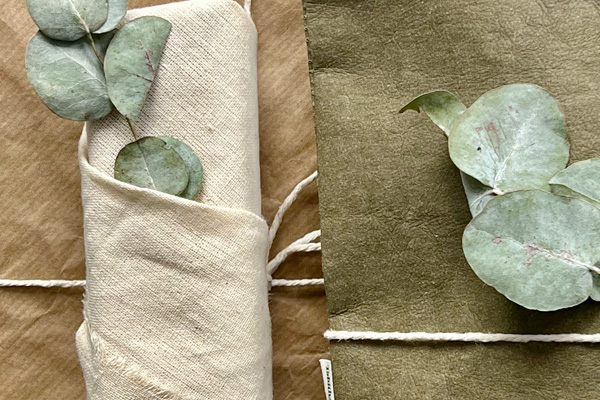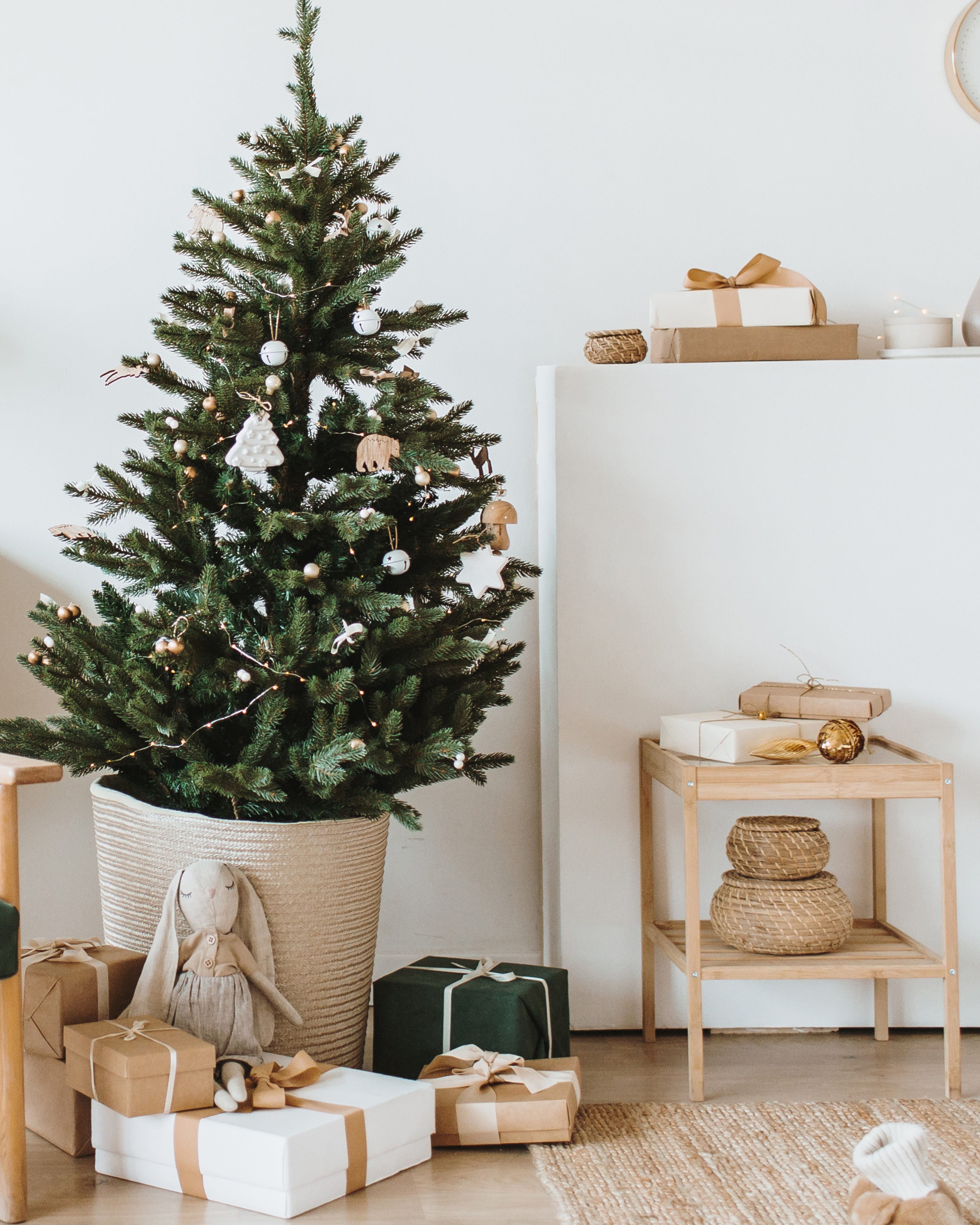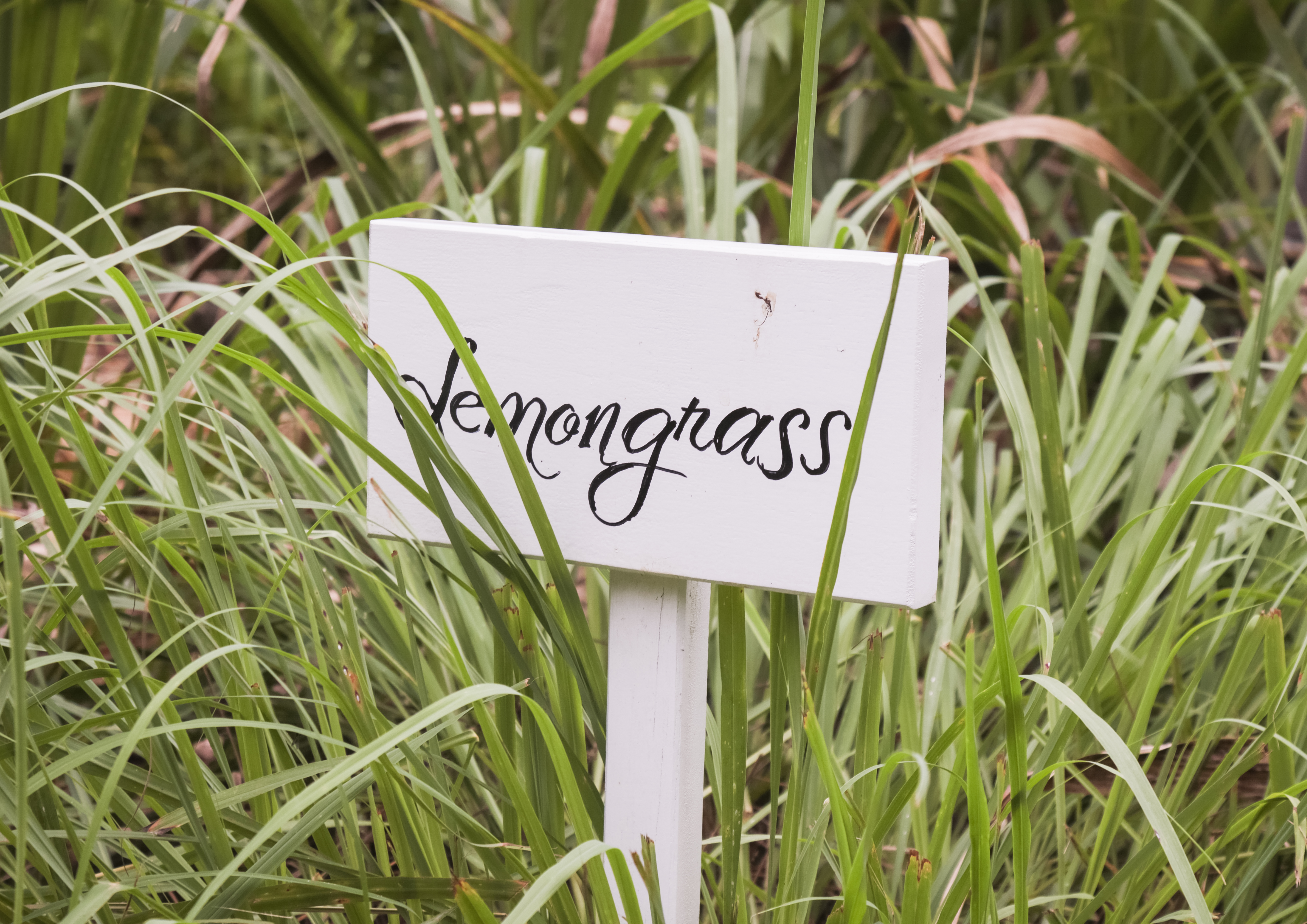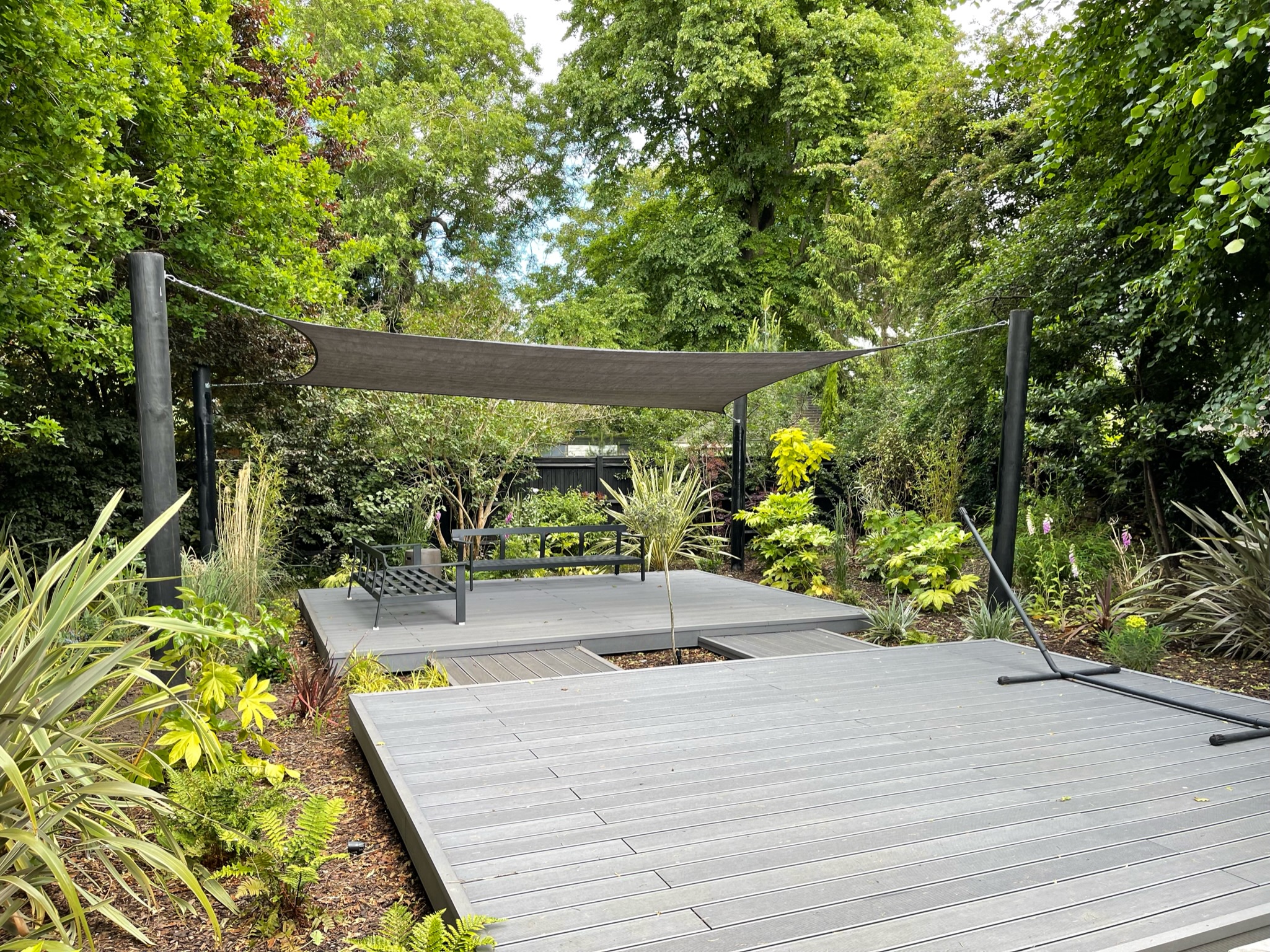This website uses cookies so that we can provide you with the best user experience possible. Cookie information is stored in your browser and performs functions such as recognising you when you return to our website and helping our team to understand which sections of the website you find most interesting and useful.
Sustainability
The most horrifying holiday of all is here! It’s time to dust off the old witch hat and enjoy an evening of terrifying treats, cackling cocktails, horrendously bad horror movies, or whatever scratches that scary itch. While we’re all getting in the spooky spirit, it’s important to remember while Halloween is a lot of fun, it’s still a commercial holiday. This means that every year, millions are spent on sweets, costumes, pumpkins and more, with very little mind paid to the environmental impact of these purchases and where they end up after the fun is done. We’ve put together a couple of ways that you can cut down on the environmental costs of your Halloween shopping and make the most out of anything left over, letting you enjoy your night of frights guilt-free! Reusing your pumpkin A simple walk around your neighbourhood after Halloween will make it clear just how many pumpkins are either swiftly disposed of after the 31st of October, or are simply left out to rot. But it doesn’t have to be this way! Pumpkins are perfect for use in a variety of delicious dishes. Whether you want to brew up a hearty soup made with roasted pumpkin puree or an outstanding autumnal risotto using cubes of cooked pumpkin flesh, you’re sure to be impressed by how versatile this vibrant vegetable can be. You can even scoop out the seeds inside and roast them for a healthy snack packed with antioxidants. One of the best ways to put your pumpkin carcass to good use is to drop it in your compost bin, letting it become great fuel for growing out your garden. You can also ensure it gets used well by getting it in your food bin in a compostable bag, where it can then be picked...
From strategies that can make a home more sustainable to examples of sustainable household items. We all have growing concerns about climate change and the impact of human activity on the environment, many conscious consumers are looking for more eco-friendly options in their homes and gardens. Here is the Willow Alexander roundup of our favourite trends in sustainability, eco-friendliness, and carbon neutrality for home and garden products in 2023 and beyond: Plant-Based and Non-Toxic Products Mindful shoppers are becoming more aware of the potentially harmful chemicals found in many household products, such as cleaning products, fertilisers, and pesticides. As a result, they're seeking out products that are safer for their families and the environment. From laundry liquid, our online shop has a variety of household products that are free from harmful chemicals and are made using plant-based ingredients. Water Conservation As the world continues to face water scarcity issues, more and more of us are prioritising water conservation. A great idea that requires relatively very little work is a rainwater harvesting system. Our “bountiful garden” blog outlines how to set up a rain barrel to collect rainwater from your roof, which can then be used for watering plants, washing your car, and other non-potable uses. blog. Other favourite ideas include low-flow toilets and showerheads, as well as drought-tolerant plants. Energy Efficiency With global events like the Covid pandemic and the war in Ukraine, the rising cost of electricity is driving consumers to be more conscious of their energy use and carbon footprint. To increase energy efficiency, many are turning to products like the Nest Learning Thermostat (developed by Google), which learns your schedule and adjusts the temperature accordingly, helping to lower those ever-rising energy bills. Always wondered what the hoo-ha was about LED vs those old-fashioned incandescent light...
When it comes to making purchases, we are often so focused on immediate gratification that we tend to forget about the longer-term impacts of our decisions. But now, more than ever, it’s important to consider the quality and sustainability of the products we buy and the impact they have on our planet. From materials sourcing to your shopping cart – this is the journey of a sustainable product and why YOUR buying decisions matter! In a recent EY study, we’re paying 56% more attention to the environmental impact of our spending and 30% of us will prioritise buying more second-hand goods. Built-to-last items are becoming increasingly popular with sustainable shoppers as it’s an important piece of the puzzle when it comes to reducing our environmental impact. By investing in products that are designed to stand the test of time, and by being mindful of how much we consume, we can drastically reduce the amount of waste we produce and the associated carbon footprint. Here’s what to consider about the far-reaching implications for the supply chain, and a product’s journey to the consumer from an ethical and sustainability point of view: Better quality products that save you money in the long run We all have stories from our parents or grandparents who held on to obscure and adored household items for the duration of their lives; products that can withstand the test of time. This means that you will have fewer repair, replacement, and upgrade costs in the long run, saving you a significant amount of money (and hassle!). But it goes deeper than that - investing in longevity also means that you are reducing the demand for cheaper, low-quality products that may need to be replaced more frequently, which contributes to the wastefulness of our current consumer culture....
Willow Alexander is proud to be a carbon-neutral Home + Garden brand that places care at the heart of everything we do. We believe that taking care of our clients, team, and the environment is essential to achieving our goals, and we are committed to making it a central focus of all our actions. While many businesses may be aware of their impact on the world around them, we believe that it's not enough to simply acknowledge it. To truly make a positive impact, we need to act with a conscience and make intentional choices that support a cleaner, greener, and happier planet. Our journey to being different Our passion for climate awareness and sustainability is ingrained in our work culture, and we have been working tirelessly to ensure that our values are reflected in everything we do. Since embarking on our sustainability journey in 2018, we have invested in new technologies and practices to manage our services and take care of our team. Some of the steps we have taken include making our vehicles electric, using battery-powered tools, and implementing a paperless office. These changes have enabled us to become a carbon-positive workforce by 2020 and receive our internationally certified carbon-neutral certificate in 2022. But our work doesn't stop here; we are continually seeking ways to reduce our emissions and be the best possible business for our clients, the planet, and most importantly – our employees. Embedding inclusivity and compassion into our culture Willow Alexander also recognises the importance of creating an inclusive and welcoming workplace for all our staff. We are committed to creating a safe, equal, and kind office environment that is also inclusive of LGBTQ+ and POC individuals. Our flexi hours allow our employees to manage their lives on their terms, as we believe that positivity is...
In September 2015, the United Nations launched 17 Sustainable Development Goals (SDGs) with the aim of ending poverty, protecting the planet, and enabling universal access to economic benefits and opportunities. The SDGs are designed to be a blueprint for a better and more sustainable future for everyone, and businesses have an important role to play in achieving these goals. By aligning their operations with the SDGs, companies can create a positive impact on the world, while also achieving long-term success and profitability. So, what does this all mean? One of the key benefits of aligning with the SDGs is that it provides businesses with a roadmap for sustainable growth. The goals cover a wide range of sustainability issues, including poverty, hunger, health and wellbeing, gender equality, clean water and sanitation, affordable and clean energy, and more. All the things we want to be improved in society, right? By aligning their operations with the SDGs, businesses can identify the areas where they can have the most positive impact and focus their efforts in these areas. The power to the people As conscious customers are becoming increasingly aware of the impact of their purchasing decisions, they are looking for companies that are committed to sustainability. By aligning with the SDGs, businesses can prove their commitment to sustainability and appeal to customers who care about the environment, social, and ethical issues. The same is true for employees, who are increasingly looking for employers who share their values and are committed to making a positive impact on the world Inspiring positive change Last year, just one of our Willow Alexander electric vehicles from our garden maintenance fleet travelled over 5,280km to perform over 1872 customer visits, that’s: 1872 lawns mowed 1500kg of waste recycled 2000kg of green waste composted. This...
As the world continues to grapple with the effects of climate change, many people are looking for ways to reduce their environmental impact. As society makes a conscious effort to minimise its carbon footprint and preserve natural resources, we recognise that our happiness is interconnected with other people and the natural environment. Dr Catherine O’Brien pioneered the movement towards sustainable happiness - “happiness that contributes to individual, community, or global well-being without exploiting other people, the environment, or future generations.” On the journey to making more sustainable life choices, people feel healthier and more connected. Here’s why: 1. Increased mindfulness Living conscientiously now brings you back into the present moment. By embracing sustainable practices, we have become intentional about the choices we make and have considered the positive or adverse consequences down the line; choices that prioritise the well-being of the planet and its inhabitants. With the cultural shift away from consumerism and material pleasures to a lifestyle with greater connection and holistic fulfilment, we have become more mindful and more in tune with the world around us. 2. Greater appreciation of nature Sustainable lifestyles go hand-in-hand with spending more time in nature and the outdoors, with a greater sense of connection to the environment. Society is spending more time in parks, choosing to cycle to work, and delighting in home-grown food gardens. It runs full circle: the more time we spend outdoors, the more environmentally conscious we become. Taking the time to appreciate the beauty of nature and become aware of the impact of your actions can help one to actively practise gratitude and mindfulness. 3. Become part of a community (again) With many local and worldwide initiatives organised around cleaning, planting, and recycling - living an eco-friendly lifestyle often involves taking part in activities that bring people together. In...
As the New Year approaches, many people try to make resolutions to improve their lives and the world around them. While there are many kinds of resolutions you can make, one area that is particularly important to consider, for our futures and the future of our planet, is ways in which we can be more sustainable. Sustainability resolutions can be anything that aim to have a positive impact on the environment, society, and economy, but should also be achievable. Here are some ideas for easy sustainable New Year's resolutions that you can consider. Start Composting Composting is a great way to start your sustainability journey. It is an eco-friendly way of managing our waste by reducing what we send to landfill, and making use out of our rubbish. You can also use compost to create a natural fertilizer for your garden or plants. Reduce Single Use Single use plastic is everywhere, from packaging on our groceries to your morning coffee “on the go”, but there are easy steps we can take in 2023 to reduce our use of these harmful plastics. Try to invest in, a reusable takeaway cup, a water bottle, and cutlery, as well as a reusable shopping bag. Grown Your Own Food Either from seeds or scrap, growing your own food is so much easier than you might think. Start with something simple, like herbs from seeds or propagate from the lettuce sitting in the back of your fridge. This year will be the year you eat your own harvest, whatever it may be! Watch your Water Consumption Turning off the tap when brushing your teeth and shortening your showers by a couple of minutes soon adds up! In 2023 try to be more aware of how much water you’re using, and how...
Gift wrapping is one of many festive holiday traditions, but it can also generate a lot of waste. Consumers in the UK use 227,000 miles of wrapping paper each year and throw away what equates to 108 million rolls of wrapping paper (GWP Group). It is a huge contribution to the 30% rise in waste that occurs every year over the Christmas period. Gift wrapping is a beloved holiday tradition, but it can also generate a lot of waste. If you want to make your gift wrapping more sustainable, there are several options to consider. Here are some ideas for eco-friendly gift wrapping: Reuse Re-use what you already have lying around! Newspaper, magazines, pre-loved wrapping paper, parcel packaging and boxes can make the perfect gift wrap. If you’re feeling like going the extra mile, try personalising plain paper and boxes with paint and pens. Fabric Wrap Guaranteed to be used again and again, and easily gathered from beautiful fabric of unworn clothes or spare off-cuts, using material to wrap your presents is a great way to save on paper as well as creating a beautiful gift. A lot of Christmas wrapping paper isn’t recyclable, which adds to the landfill at this time of year. By using material that may otherwise be destined for the tip, you’re helping the environment by diverting from landfill in two ways. A Gift Inside a Gift Wrap your gift in another, functional, gift, like a nice wicker basket, or these multi-purpose Vegan Leather Bags. This completely minimises waste by using something practical, instead of wrapping paper that will be thrown away. Swap Bows for Greenery Adding a touch of nature not only looks beautiful, but also is kinder to the planet than plastic ribbons. While plastic bows might look beautiful, they offer...
There are many ways in which we can make our daily routines kinder to our planet. A perfect place to start is in our own homes and trying to be greener in the way we clean. Keep reading for our 5 top tips to cleaning your bathroom, the eco-friendly way. 1. Bicarbonate Soda Bicarbonate of soda can be a great, gentle alternative to harsh toilet cleaners or bleach. When mixed with water, the soda cuts through dirt and grease. But when used dry, it is slightly abrasive, so it can be used to scrub away difficult stains. Baking soda mixed with water is also a great way to remove any dirt and grime that may have built up around your bath, shower or floor tiles. 2. Switch to Re-Purposed and Re-Usable Save yourself some money and do the environment a favour by ditching the single use paper towels when you clean. Invest in some microfiber cloths or simply reuse old clothes or towels as rags. 3. White Vinegar White vinegar is the perfect, natural solution to get those tiles, mirrors and windows looking extra sparkly. Simply make a 50/50 water and vinegar solution in an old spray bottle, and use as you would your regular cleaning solutions. 4. Use Gentle, Eco-Friendly Products If you’re struggling to switch to 100% homemade products, don’t be hard on yourself, just be conscious about the solutions you are purchasing. There are so many natural, eco-friendly and even refillable options out on the market that are better for your home and the planet. Our favourite is the Miniml range, which is also vegan, cruelty-free and British made. 5. Opt for Multi-Use Solutions Multi-use products are better for the environment, make your cleaning routine easier, and prevents you from buying every...
With less than a month to go, the Christmas countdown has begun. The holiday period can be a difficult time to navigate with a sustainable conscience, so we’re here to help. Read ahead for our 5 easy steps you can make towards a more eco-friendly Christmas. 1. Get yourself a re-usable advent calendar Save yourself trying to find the perfect advent every year, and invest in a reusable calendar that you can fill with personalised treats. From wooden designs to fabric garlands, there are so many beautiful options to choose from that will double as a decoration. 2. Rent a tree It is believed up to 8 million Christmas trees are thrown away each year (GWPGroup), yet studies have also shown artificial trees need to be reused for at least 20 years to be the more sustainable option (Two Sides). So what is a truly green alternative? Introducing rentable Christmas trees! Businesses like Christmas on the Hill will deliver a live, potted tree straight to your door. They will come back to collect it after the Christmas period, and replant it, so its life continues, and it can be used again next year! 3. Wrap gifts in recycled or reusable wrap A lot of wrapping papers contain materials such as glitter, foil or plastic that makes them non-recyclable, but there are many other eco-friendly options out there. Opt for recyclable, or better yet, recycled papers, re-use wrapping papers from previous years, or repurpose magazines and newspapers. Maybe even consider investing in some fabric wraps that you can use again and again. Support a small business by exploring the wide rage of options available on Etsy. 4. Shop local Use the abundant amount of shopping that comes with the holiday season to show your support for your...
Lemongrass, or Cymbopogon, is a perennial herb of tropical origin, and member of the grass family. It grows a beautiful fountain of smooth, arching leaves that can reach up to 5ft. Lemongrass gets its name from its distinct lemon-like taste and smell. Its stems are commonly used for cooking and the herbs essential oil is a popular natural medicine. Lemongrass is believed to have many health benefits, and can be a very advantageous addition to your garden, read ahead to find out 5 reasons why. 1. Repel unwanted pests Lemongrass can be a great companion plants due to the citronella in the herb that helps to repel un-welcome insects. It drives away mosquitos, stable flies, aphids and white flies, helping to protect you, and your garden. 2. Add it to your meals Lemongrass can be incorporated into your cooking in many ways. Young shoots can be cooked and eaten as a vegetable. Leaves can be placed directly in dishes and removed before consumption to add flavour, or can be brewed to make a tea with a long list of health benefits. 3. Harvest for health benefits Lemongrass is a very popular natural medicine. Tea brewed from its leaves is believed to help treat digestive issues, joint pains, relieve headaches, lower blood pressure and detoxify the body. Its essential oil helps to promote relaxation, and is thought to reduce feelings of stress and anxiety. 4. Space efficient Due to its warmer origins, lemongrass is not a fan of frosts or cold weather, making it a great addition to your container or herb garden, so it can be easily moved. It can be grown indoors or outside, as long as it is exposed to plenty of light, kept warm and is well drained. Lemongrass can be an excellent...
We think carefully about everything we do to make sure are projects are always as eco friendly as possible. Environmentally friendly decking is an important step towards making our gardens that little bit kinder to the planet. We work with Envirobuild and their range of sustainably sourced and eco-friendly materials. But are you wondering what really makes sustainable composite decking a superior solution for our outside space? Read ahead to find out more… Environmentally Friendly Composite decking is made of 90% recycled materials in a factory run on 100% wind energy. This repurposes materials heading for landfill and ensures no trees need to be cut down for its production. As a result, composite boards have up to 68% lower global warming contribution than timber. Long Lasting Unlike timber, composite decking contains a unique blend of materials that do not rot, wrap or splinter. It is non-slip and built to withstand all kinds of weather. Composite decking is a long-lasting, safer, and more reliable solution than timber. Low Maintenance Composite decking never needs to be treated or stained, saving you a big maintenance job every 6-12 months. There is a wide variety of designs and colours to choose from, so you can find the perfect aesthetic for your outside space that will last for years and years. Find out more about our sustainable composite decking design and installation service here.
Our Values + Our Story
We are certified carbon neutral
Become part of the Willow Alexander Family
Become a franchisee


